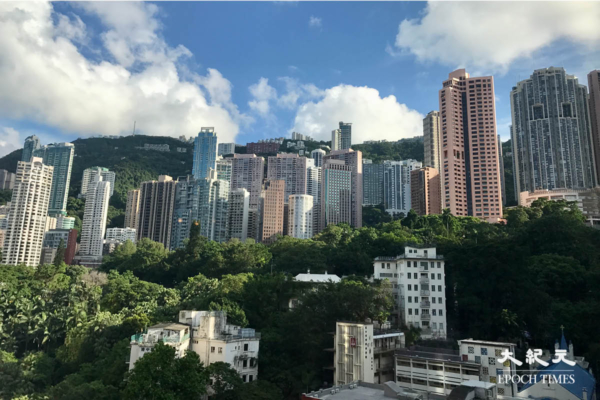Recently, Cheung Kong Property Holdings (referred to as Cheung Kong), under the Long Jiang Industrial Group, has been focused on selling four real estate projects located in Huizhou, Zhongshan, Guangzhou, and Dongguan in Guangdong, totaling 400 units, with each unit priced starting at a minimum of 400,000 yuan (RMB).
The projects being promoted this time demonstrate significant price advantages. For example, a one-bedroom unit of 51 square meters in Liangpo Garden in Huizhou has seen a price drop from the previous 10,400 to 14,000 yuan/square meter to the current 8,632 yuan/square meter, with a unit on a medium-high floor selling for just 443,000 yuan. The price of villas in Haiyi Haoting in Dongguan has also significantly dropped from 44,000 to 68,000 yuan/square meter last May to 18,000 to 36,000 yuan/square meter in June this year.
According to a report by the “Daily Economic News,” this “old projects sold as new” strategy continues the Li Ka-shing family’s strategy of “acquiring land at low prices and developing for the long term”, reflecting the significant increase in the demand of Hong Kong people for property purchases in the north. The huge price gap between the Greater Bay Area and Hong Kong has become a key factor attracting Hong Kong people to purchase properties in the north.
Liu Xin, a real estate agent for Liangpo Garden in Huizhou, mentioned, “Many Hong Kong customers come to buy Liangpo Garden, as the total price is relatively cheap, around 400,000 to 600,000 yuan for one or two-bedroom units, which is not enough for a down payment in Hong Kong.”
Most of the properties being sold by Cheung Kong this time are projects on land acquired at low prices in the early years, like Haiyi Haoting in Dongguan acquired in 1999 and Yicui Zhuangyuan in Guangzhou developed in 2012. This echoes with Li Ka-shing’s recent frequent selling of mainland real estate assets.
There has been widespread attention on the Li Ka-shing family’s gradual selling of various iconic assets in mainland China in recent years, with the most notable being the selling of properties in core areas of Beijing.
In May this year, Cheung Kong suddenly sold core properties at low prices, with individual units dropping prices by up to 1 million yuan, and overall prices approaching a 30% discount. Those familiar with the Beijing real estate market all know that such behavior is extremely rare at this stage.
Many state-owned investment researchers bluntly state, “This does not seem like a simple business decision but more like Li Ka-shing actively withdrawing from core assets in China.”
In recent years, there have been continuous discussions about Li Ka-shing gradually pulling out of the mainland market, from early sales of core assets in Shanghai and Guangzhou to the significant “cutting meat” in Beijing. Each sale is seen as “harvesting dividends and transferring positions”. The market interprets this series of actions as the Li Ka-shing family gradually withdrawing or significantly reducing real estate investments in mainland China, and instead diverting funds to Europe and other regions.
Although Cheung Kong’s annual report shows that by the end of 2024, it is still developing 11 real estate projects in mainland China, located in Changsha, Chongqing, Dalian, Dongguan, Wuhan, Shanghai, among others. However, this concentrated sale of assets in the Greater Bay Area, especially against the backdrop of the overall depressed and heavily pressured Chinese real estate market, highlights Cheung Kong’s intention to accelerate capital recovery and optimize asset allocation.

